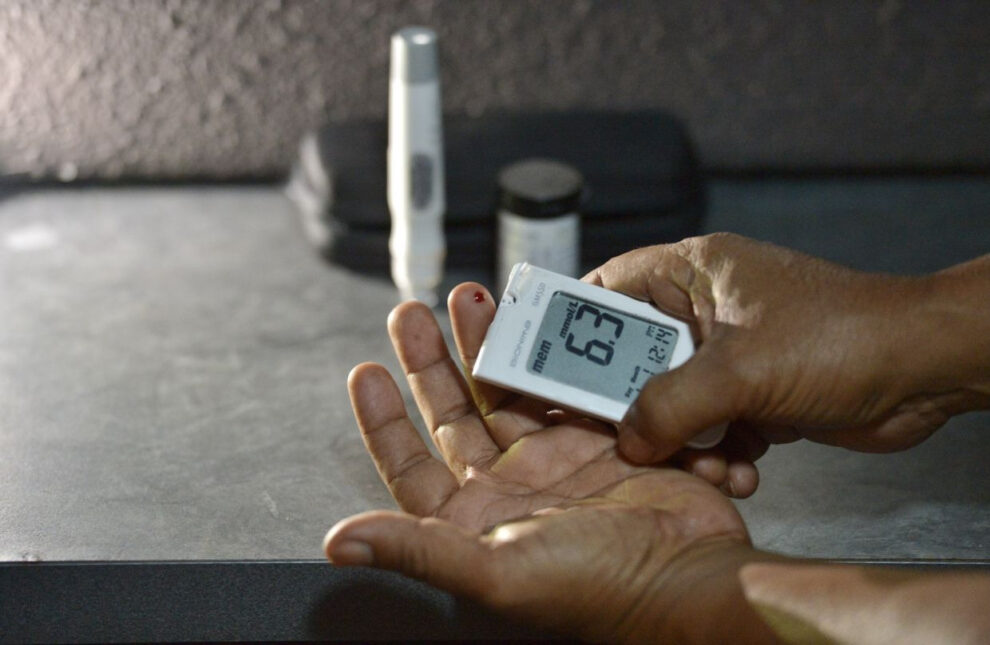Consumers in Namibia are caught in a relentless affordability struggle amid seemingly never-ending signs of inflationary pressure as commodity prices soar.
The latest data from the Namibia Statistics Agency (NSA) show that inflation rose 6 percent in October, driven by higher prices of food, beverages, tobacco, transport, housing, water, electricity, gas and other fuels.
For Tomas David, a resident in the Namibian capital of Windhoek, food and other goods are “too expensive.” “About 500 Namibian dollars (about 34 U.S. dollars) could not even afford half of the items I bought for the same amount in January this year. We are reeling from economic anxiety,” he told Xinhua on Monday.
Tomas David is not alone in his concerns. The economic transformation is also taking a toll on entrepreneurs as rising production costs make it increasingly challenging to sustain their operations.
Justy Shilunga runs the Hot Sauce Cafe, a catering business in Windhoek. Price hikes have meant a scramble to buy ingredients to prepare the usual quantities of meals.
“The moment we raise prices, customers are reluctant to buy. And when you sell at normal prices, half the time profits drop by up to 70 percent. Most of the time, we just manage to break even. Yet, giving up is not an option either,” Shilunga said, adding that she also spends more on fuel to deliver orders, which reduces turnover.
In addition, Shilunga lamented the uncertainty about potato prices, which have reached record highs in Namibia.
Potato prices have tripled amid high demand due to low seasonal local production and slow supply from neighboring South Africa, from which Namibia imports about 70 percent of the commodity.
Auguste Fabian, public relations officer of the Namibian Agronomic Board, said domestic demand for potatoes is 4,000 tons per month, with only five to 10 percent currently being met. “Local farmers produce only 30 percent of what Namibia consumes. As such, demand is high, and supply is low, resulting in higher prices.”
Retailers are also feeling the pinch.
Lovisa Lipitua, a supervisor at the Stampriet Market in Windhoek, noted that compared to last year’s potato prices, this year has been “more brutal” for her sales. “Some days we don’t have enough stock, while potato sales have dropped, which is affecting our business.”
And that is not all. Rising prices have also had a negative impact on many people’s mental health.
“When I am not stressed, I worry about how to afford basic needs, what to expect next, or when this will end or get better. Many times, I battle depression,” David said.
Meanwhile, the skyrocketing prices have prompted locals to rethink their consumption patterns and adapt to the new market conditions.
“We are adopting prudent financial strategies such as buying only the essentials or items on sale, revising budgets, and exploring opportunities for additional income generation to fill the gaps,” David added.
A woman shops at a store in Windhoek, Namibia, on Nov. 13, 2023. Consumers in Namibia are caught in a relentless affordability struggle amid seemingly never-ending signs of inflationary pressure as commodity prices soar. The latest data from the Namibia Statistics Agency (NSA) show that inflation rose 6 percent in October, driven by higher prices of food, beverages, tobacco, transport, housing, water, electricity, gas and other fuels.
Source : English News










